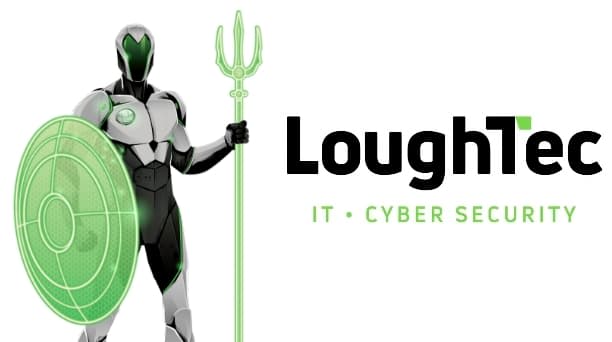Multi-factor authentication (MFA) is a highly effective security measure that significantly reduces the threat of account takeover, but it doesn’t completely solve the problem. MFA adds a layer of security by requiring users to provide multiple forms of identification before granting access to an account or system. Typically, these factors fall into one or more of the following categories:
Something You Know: This could be a password, PIN, or security question.
Something You Have: This is often a temporary code generated by a mobile app, hardware token, or sent via SMS or email.
Something You Are: This refers to biometric information like fingerprints, facial recognition, or retinal scans.
MFA enhances security in several ways:
Protects Against Stolen Credentials:
Even if an attacker manages to steal or guess a user’s password, they would still need access to the second factor, which is much harder to obtain.
Phishing Resistance:
Multi-factor authentication can mitigate the effectiveness of phishing attacks. This is because attackers won’t be able to access an account even if they obtain the victim’s password.
Reduces the Impact of Data Breaches:
In some cases where user credentials are exposed in data breaches, MFA can still prevent unauthorised access because the attacker would need the second factor.
Enhances Security for Remote Access:
MFA is essential for remote access to sensitive systems. This is because it adds an extra layer of protection to prevent unauthorised access.
Limitations of MFA:
Phishing with Real-Time Session Hijacking:
Some-times, sophisticated attackers may intercept the second authentication factor in real-time, allowing them to access the account. This is less common but is still a concern.
Biometric Data Risks:
Biometric factors (something you are) can be vulnerable if an attacker can replicate or spoof the biometric data.
Device and Recovery Method Risks:
The security of MFA also depends on the safety of the devices and recovery methods used. If a user’s mobile device is compromised, it can undermine the effectiveness of MFA.
User Education:
MFA relies on users understanding and following security best practices. MFA can be compromised if users are not vigilant or fall for social engineering attacks.
To summarise, while MFA is an excellent security measure that greatly reduces the risk of account takeover, it should be part of a broader cybersecurity strategy that includes regular security awareness training, strong password policies, monitoring for suspicious activities, and other security measures. No single security measure is fool proof, but using MFA, along with other best practices, significantly enhances the security posture of an organisation or individual.
LoughTec are a leading provider of cyber security solutions and help hundreds of companies in the UK & Ireland with Cyber Security Training, Cyber Essentials Accreditation and IT Support.
For more information on Cyber Security for your organisation, contact LoughTec Telephone: +44 (0) 28 8225 2445 or email info@loughtec.com







